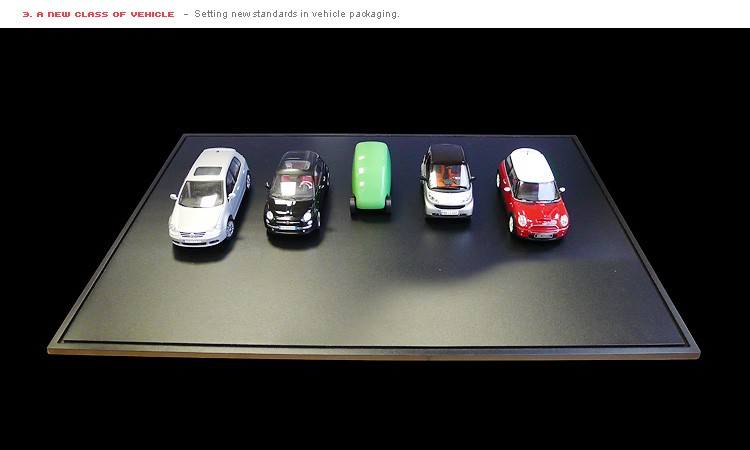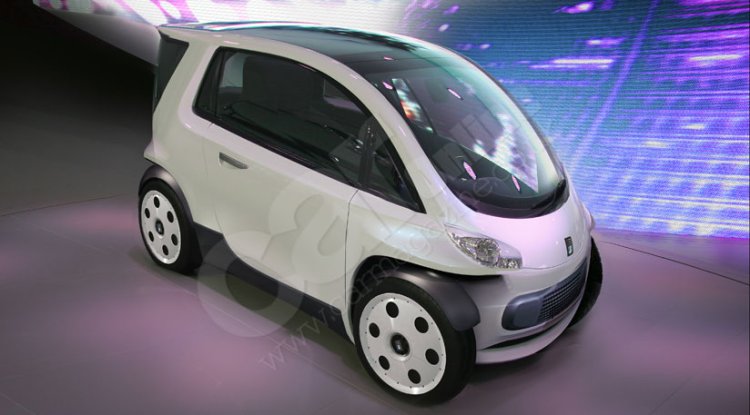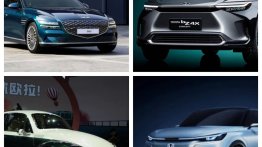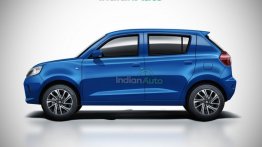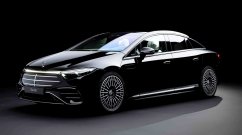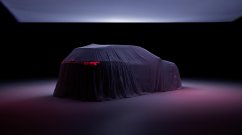Well, sticking with the present conditions, we all know that the Tata Nano and Smart ForTwo are some of the smallest cars on the planet. These cars might have a more popular companion once Gordon Murray's T.25 micro car gets ready.
Gordon Murray, the same guy who designed the Mclaren F1, claims this car is sure to revolutionize the market by being half the size of an average car, still expects a minimum of 4 stars in the Euro NCAP crash tests. You have to take a look at the pictures to see the revolution for yourself.
This car will also be capable of class beating economy and pollution norms and at the same time maintaining a power to weight ratio of a modern Sedan.
Two T.25's will fit in a single lane while driving and 3 will fit in a standard-sized parallel parking spot in the U.K
Murray also promises that there will be 6 different layouts for his little multi-purpose vehicle, all of which will share the same underpinnings.
As the pictures demonstrates, the car will improve significantly in the department of automobile engineering like cutting carbon emissions and fuel consumption in half and cutting the amount of raw materials necessary for its construction in half.
Less energy will be required to assemble the vehicle or ship it to its final destination and wherever possible, recycled components will be made use of.
Gordon Murray T.25 Scale Comparison Image Gallery
Press Release-
| • A new class of vehicle • A new British Icon for the 21st Century. Size and structure: • The T.25 will not be just a small 'big car' but will have a radically innovative architecture and the flexible layout will support a variety of uses. • Its compact size will allow '2' T.25's to travel in one UK motorway lane. Trebling the capacity and reducing congestion. • '3' T.25's can easily fit into '1' standard UK parallel parking space, trebling much needed urban parking, reducing pressures for inner cities as well as the disruption to traffic flow. • Delays caused by congestion are prominent in urban areas and easing or eliminating existing congestion on the road network would be worth some £7-8 billion of gross domestic products per annum. • The compact size of the T.25, being half the size of the average car,will still achieve the highest safety standards (at least 4* Euro NCAP). • T.25 will have a better power-to-weight ratio than the average 2 litre luxury saloon. Reversing the trend towards larger, heavier and more powerful cars. • Accident repair costs are kept low by way of replaceable body panels. Life cycle impacts: • The T.25 will be best in class with CO2 emmissions and fuel consumption less than half of the UK average. • The vehicle programme is a complete re-think on high volume materials and the manufacturing process, and will lead to a significant reduction in CO2 emissions over the lifecycle of the car from 'cradle to grave'. • Component parts will be minimised through multi-functional component design and careful consideration of tooling requirements • Minimal parts and the compact size will support low cost manufacture and will significantly reduce life-cycle impacts. • Materials selected will be made from recycled materials where possible and will have the lowest life cycle impact that meets design requirements. • The compact size will reduce correspondingly any energy used in raw material extraction and manufacture. • The compact size will also reduce the size of site needed for final assembly and manufacture. Reduced components will decrease energy used during tooling and fixture manufacture. • The T.25 chassis is designed to "flat pack" for transportation. During transportation, the compact size will enable 12 times as many T.25 'body-in-white's' to be shipped in a standard shipping container as compared to a average car 'body-in-white'. Again more vehicles can be transported with any other means of transit, further reducing energy usage. • In view of the fact that the vehicle will be light, the tyres should experience minimal wear, thereby extending their overall life which will in turn reduce the problems associated with the disposal of used tyres. • At end-of-life, many components will be re-usable including the body and chassis. Potential markets usage: • The T.25's unique selling points will make it attractive to a range of markets. • Having low to zero emissions should qualify the owner for reduced operating costs e.g. exemption from congestions charges, low VED etc, making it attractive to the urban market. • The size benefits and turning circle will greatly facilitate access, parking and reduce road blockages making it attractive for inner city use. • The base version of the T.25 will have a purchase price which will be at the lower end of the UK market. • Cities are currently responsible for 75% of global emissions and are increasingly looking to introduce low emission and congestion related measures e.g. London, Paris and New York. • The T.25 standard architecture will offer MPV flexibility by incorporating six different layouts in one package. |
